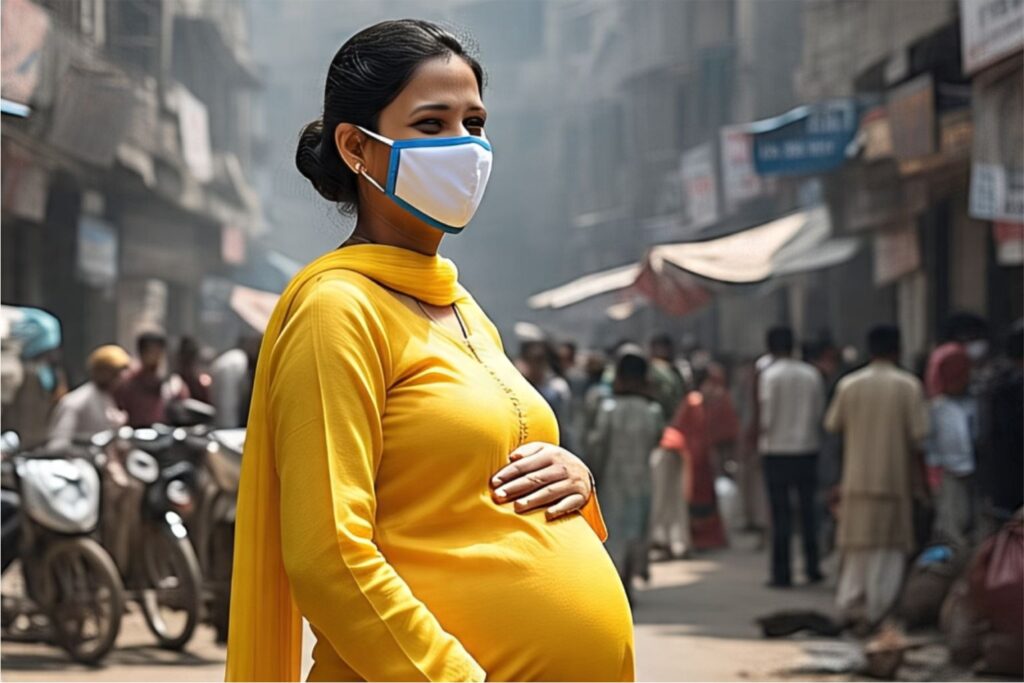
A new study has found a strong link between air pollution and adverse birth outcomes in India, with northern states showing the highest vulnerability.
According to India’s National Family Health Survey (2019-21), 13% of children were born prematurely and 17% had low birth weight due to air pollution.
The study, published in PLOS Global Public Health, was conducted by researchers from IIT Delhi, the International Institute for Population Sciences, Mumbai, and institutions in the UK and Ireland. It combined satellite-based air quality data with the NFHS-5 to examine how pollution levels affect birth outcomes across various Indian states.
Also Read | India’s low birth weight rates fall, yet 4 states hold 47% of cases
Researchers found that increased exposure to PM2.5, airborne particles smaller than 2.5 microns, during pregnancy was associated with a 40% higher likelihood of low birth weight and a 70% higher chance of premature birth.
The study also found that weather conditions such as extreme temperatures and irregular rainfall further intensified the risks.
Northern India showed the highest concentration of PM2.5 pollutants and worse birth outcomes. States like Himachal Pradesh, Uttarakhand, Delhi, and Punjab had some of the highest rates of premature births, while Punjab topped the list for low birth weight. In contrast, northeastern states such as Mizoram, Manipur, and Tripura fared significantly better on these health metrics.
The researchers called for urgent interventions in pollution hotspots, particularly in the north, and for enhancing the National Clean Air Program (NCAP).








